
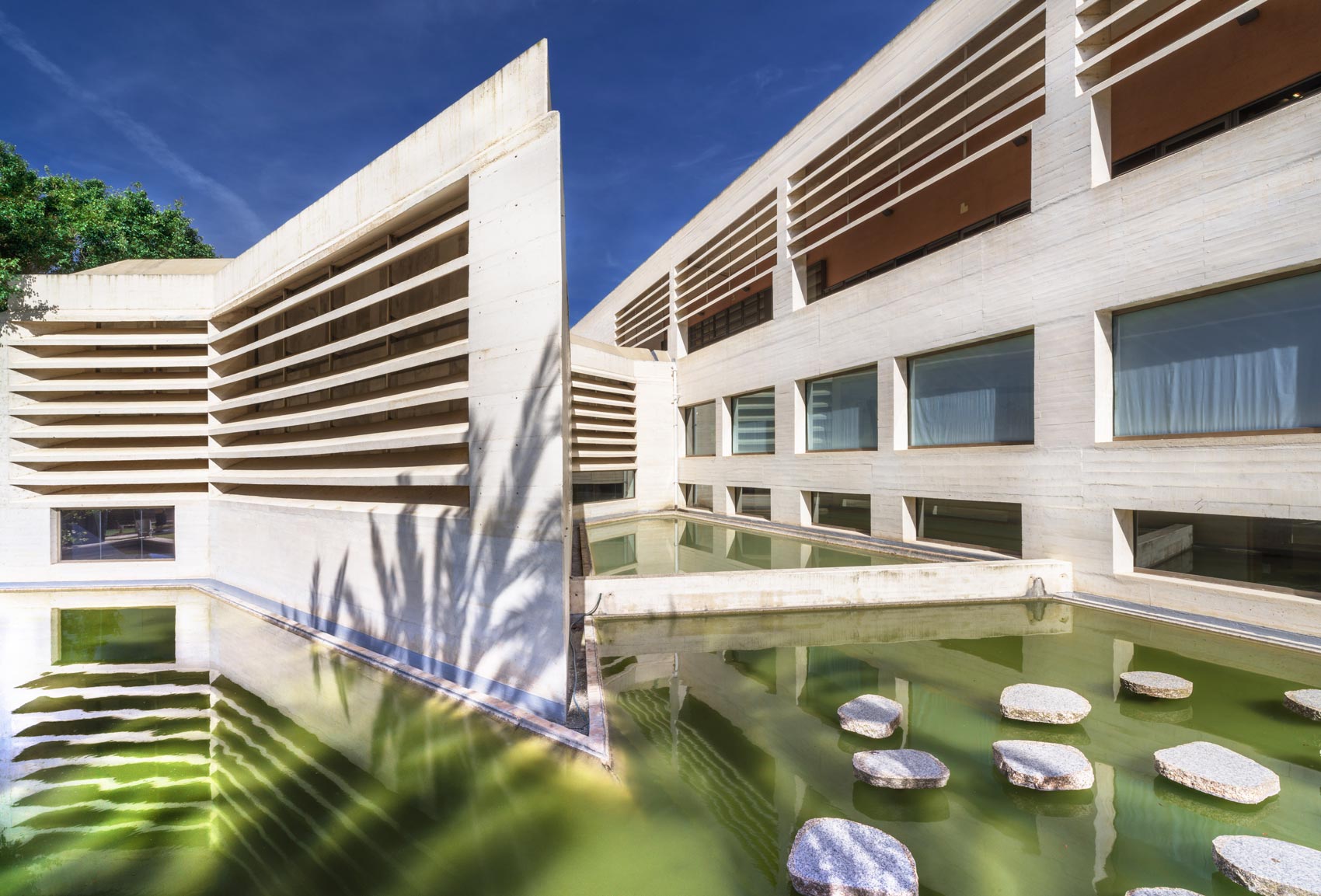
Moneo building
Espai Zero
L'edifici Moneo, seu actual de la Miró Mallorca Fundació, es va inaugurar el 1992. Projectat per l'arquitecte Rafael Moneo és el resultat de la donació de Pilar Juncosa, vídua de Miró, a la Ciutat de Palma.
-
Exhibition space
- Espai Zero
-
Dates
- 9 April — 31 August 2025
-
Inauguration
- 9 April 2025
- 19:00
Biel Llinàs. “Palaces of Memories”
What is it that draws our attention about a space? Its proportions, its windows or its light? What happens if we inhabit a space with symbolic or historical connotations? From our point in the present, can we also inhabit its past episodes? These are some of the questions that the Mallorcan artist, Biel Llinàs, reveals to us through his work.
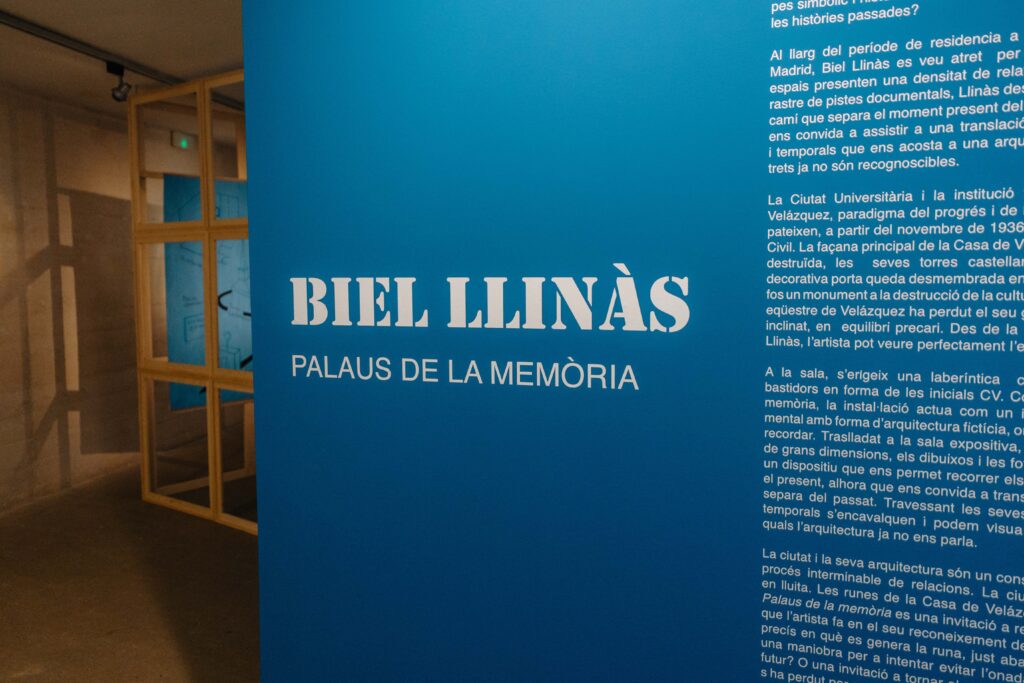
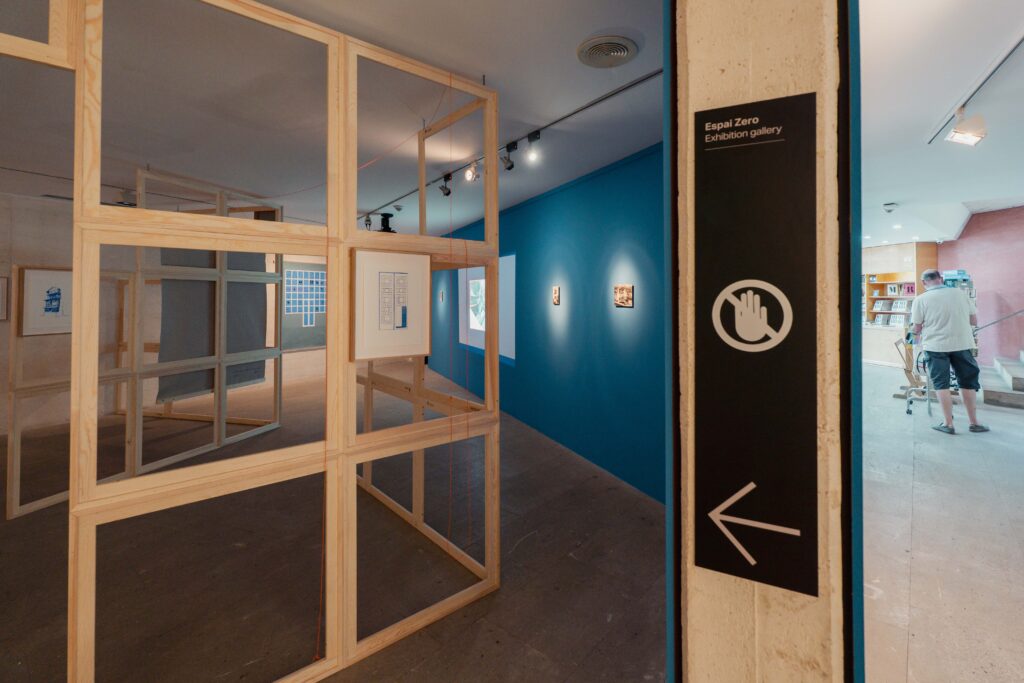
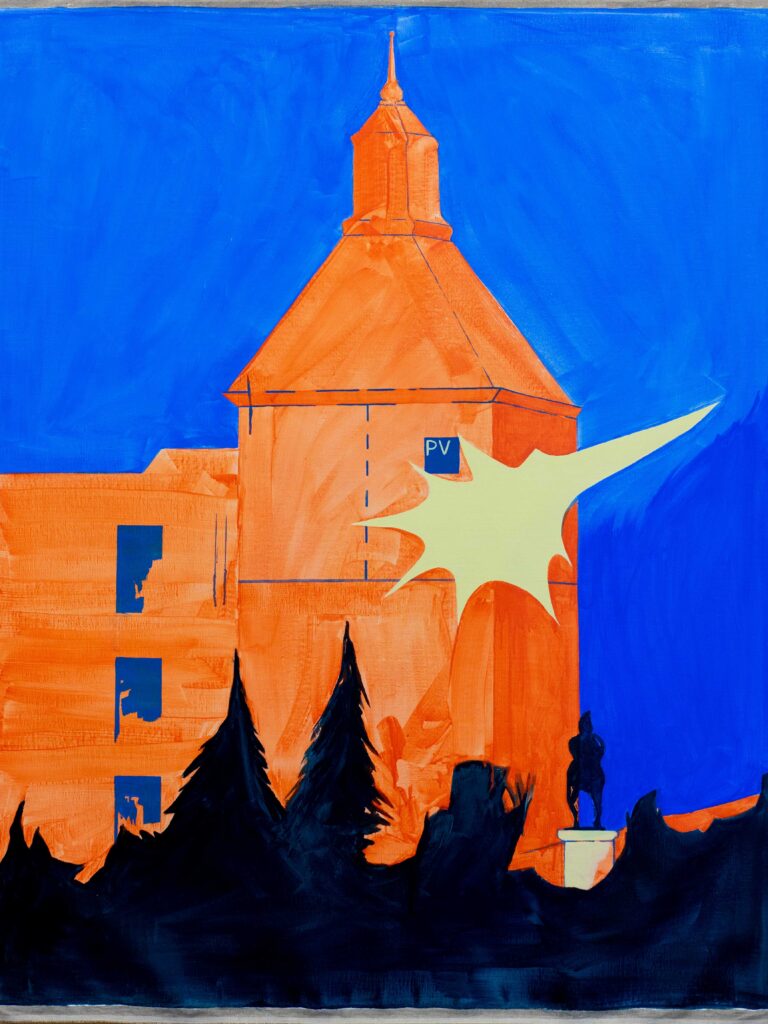
Text by Beatriz Escudero
During his art residency at Casa de Velázquez, in Madrid, Biel Llinàs became captivated by the history of the building. Its rooms echo with a multitude of tales and experiences. Llinàs follows the trail of documentary clues, reconstructing the path that separates the present moment from past history. This project is an invitation to witness a hypothetical movement in physical space and time, exploring a work of architecture where some features are no longer recognizable.
From November 1936, two prime exponents of progress and Spain’s modernization, Madrid’s Ciudad Universitaria (its university complex) and the French institution, Casa de Velázquez, were ravaged by the violence of the Spanish Civil War. Casa de Velázquez’s main façade was totally destroyed, its Castilian towers collapsed, and its ornate door was reduced to bits and pieces scattered about the garden. The equestrian statue of Velázquez lost its rider, as if it had become a monument to the destruction of culture and humanity, although the horse still survived, precariously askew. From the window of his room, Llinàs had a clear view of today’s reconstructed statue.
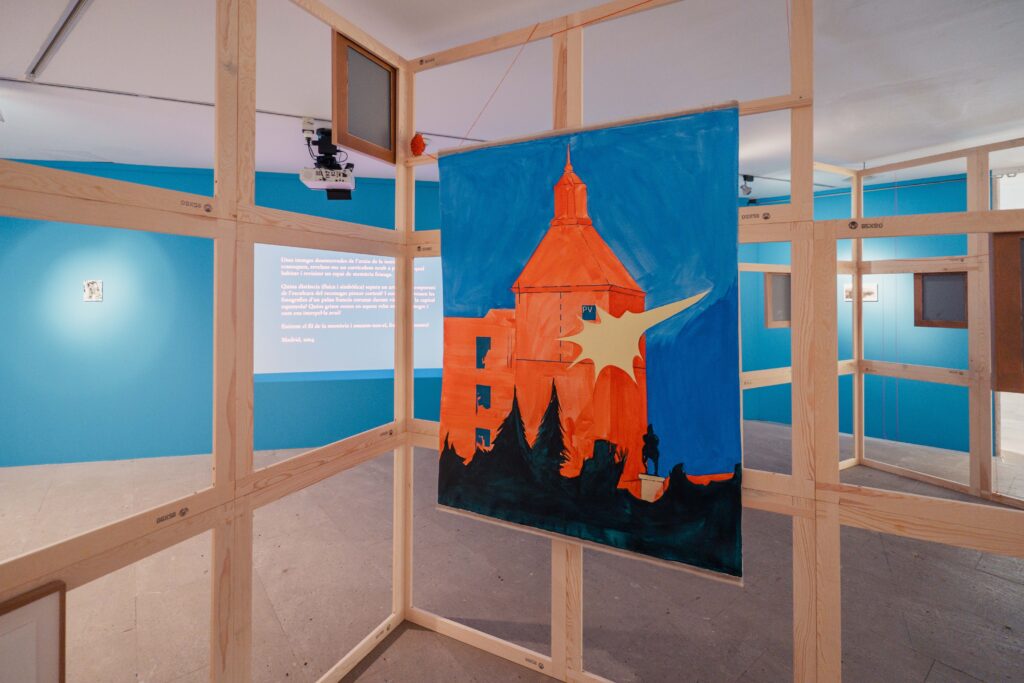
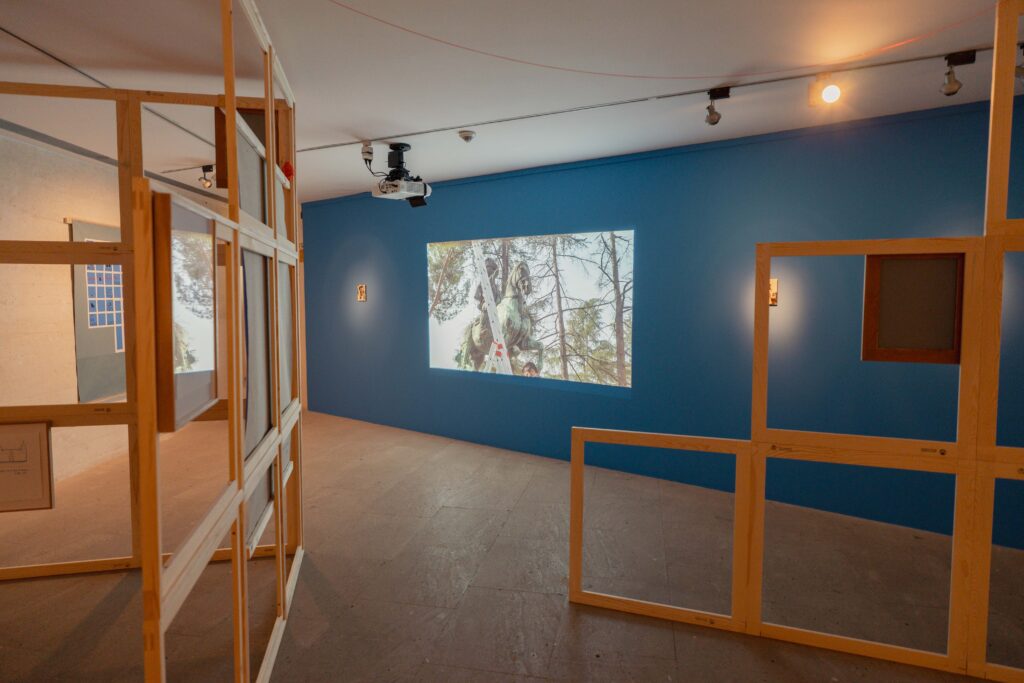
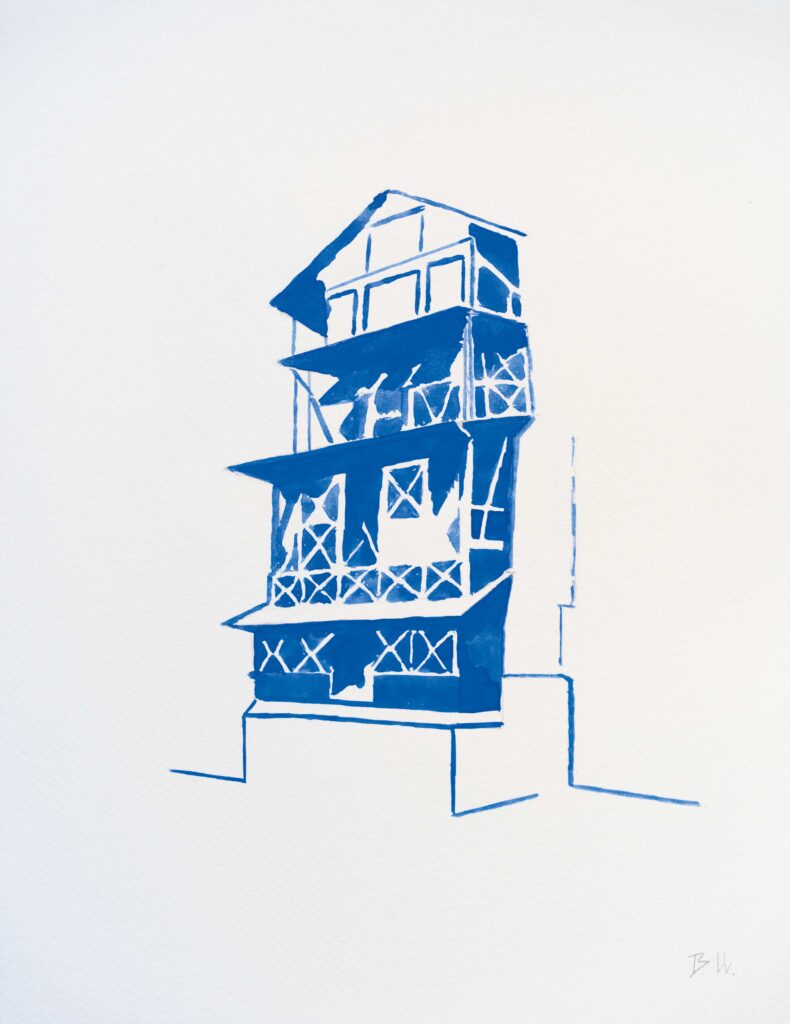
In the exhibition room stands a maze-like structure, made up of a frame that forms the initials CV. Like a palace of memories, the installation acts as a mnemonic mental device in fictitious architectural form: a repository for what we wish to remember. With its large paintings, drawings and archival photographs, this palace of memories is a vehicle for exploring spaces that persist in the present and an invitation to cross the gap that separates us from the past. As its chambers are crossed, temporal realities overlap, and we can see events that the architecture has fallen silent about.
The city and its architecture are a historical construct, based on an interminable string of relations. The city is also a disputed space. The ruins of Casa Velázquez demonstrate this. This palace of memories is an invitation to repeat the imaginary journey that the artist undertook in his exploration of the space, returning to the exact moment of its ruin, just before its destruction. Is this an attempt to resist the current that drags us toward the future or an invitation to return to the past and recompose what has been lost forever?



